Sustainable Architecture — Practical Design That Cuts Carbon and Costs
Buildings cause roughly 40% of global energy-related CO2 emissions. That’s huge. Sustainable architecture cuts that number by changing how we plan, build, and use buildings. It’s not just for architects — homeowners, developers, and city planners can use the same practical moves to save money and reduce waste.
Sustainable design starts with simple choices: site, shape, and materials. Sit the building to get sunlight in winter and shade in summer. Use insulation, airtight details, and windows that boost daylight without overheating. Pick durable materials with low embodied carbon — recycled steel, responsibly sourced timber, or reused bricks — and avoid products with strong chemical fumes. These choices lower energy use and make spaces healthier to live in.
Concrete steps you can use
Want to act today? Start with an energy audit to find the biggest leaks. Then focus on low-cost, high-impact changes:
- Improve insulation and seal gaps — heating and cooling bills drop fast.
- Swap to LEDs and efficient appliances — quick payback on lighting upgrades.
- Add shading devices or trees on west-facing walls to cut cooling needs.
- Install programmable thermostats and smart controls to avoid wasted energy.
- Harvest rainwater for gardens and use low-flow fixtures to cut water bills.
For bigger projects, aim for passive design: orient rooms for solar gain, use thermal mass to store heat, and design for cross ventilation to cool naturally. Passive House and Net Zero Ready standards give clear targets if you want measurable results.
Common green strategies that work
Some strategies give both environmental and financial wins. Solar panels lower electricity bills and can be paired with battery storage. Green roofs reduce storm runoff, lengthen roof life, and add insulation. Reusing an existing structure often saves more CO2 than demolishing and building new. And airtight construction plus balanced ventilation with heat recovery keeps fresh air without heat loss.
Materials matter. Choose low-VOC finishes for better indoor air. Consider timber engineered products like cross-laminated timber to lock carbon into the structure. Look for recycled or reclaimed materials for floors and cladding — they give character and cut embodied energy.
Certification systems like LEED, Passive House, and WELL help set targets and track performance, but you don’t need a label to make smart choices. Start with data: measure energy and water, set a goal, and make a plan that fits your budget. Small steps add up — better insulation, shading, and efficient systems can reduce energy use by 30% or more on many projects.
Sustainable architecture is practical design that saves money, improves comfort, and lowers emissions. Want examples and how-tos? Check the Macklowe Art & Architecture articles below for case studies, retrofits, and design ideas you can use today.
Also, check local incentives and building codes — many cities offer rebates for insulation, solar, and efficient HVAC. Community-scale choices matter too: denser neighborhoods cut transport emissions and make district heating practical. If you plan a project, focus on maintenance; durable, repairable details save money and carbon over decades. Start small and act now.
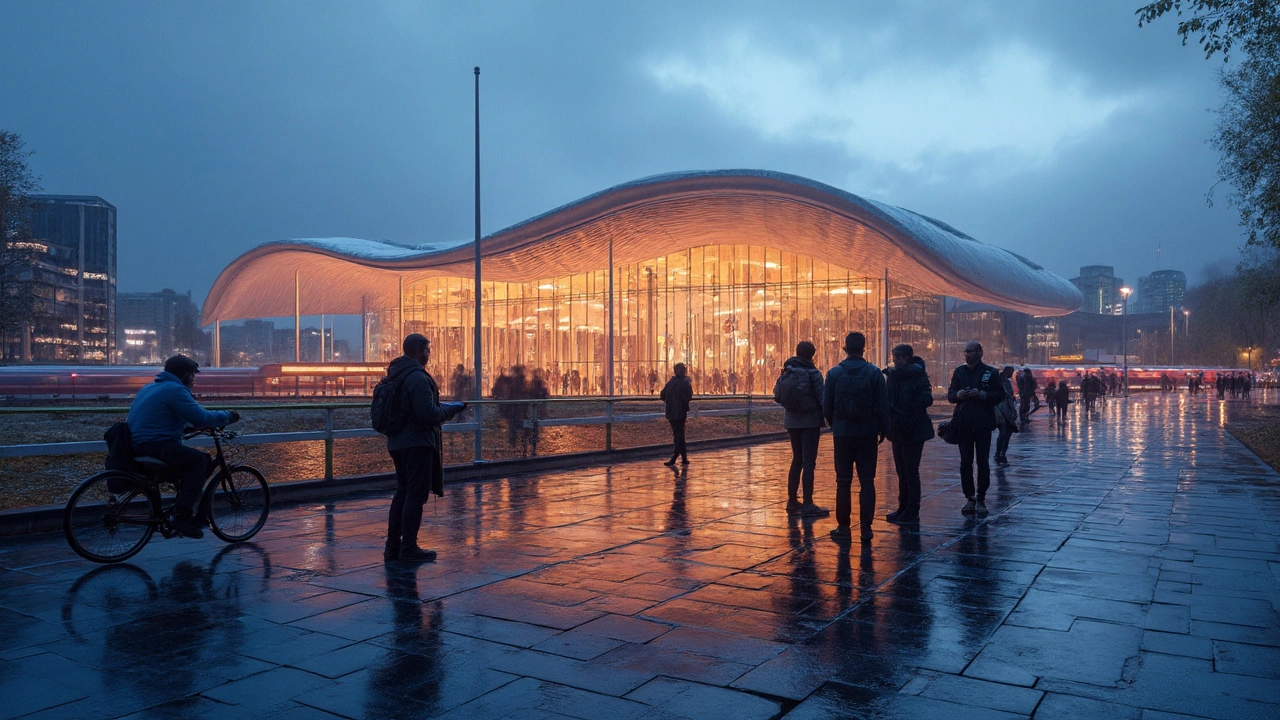
What Is Neo‑Futurism? Principles, Examples, and a Practical Design Guide for 2025
Clear guide to Neo-Futurism in 2025: core principles, real examples, actionable steps, metrics, and a checklist for architects, planners, and curious readers.
Read more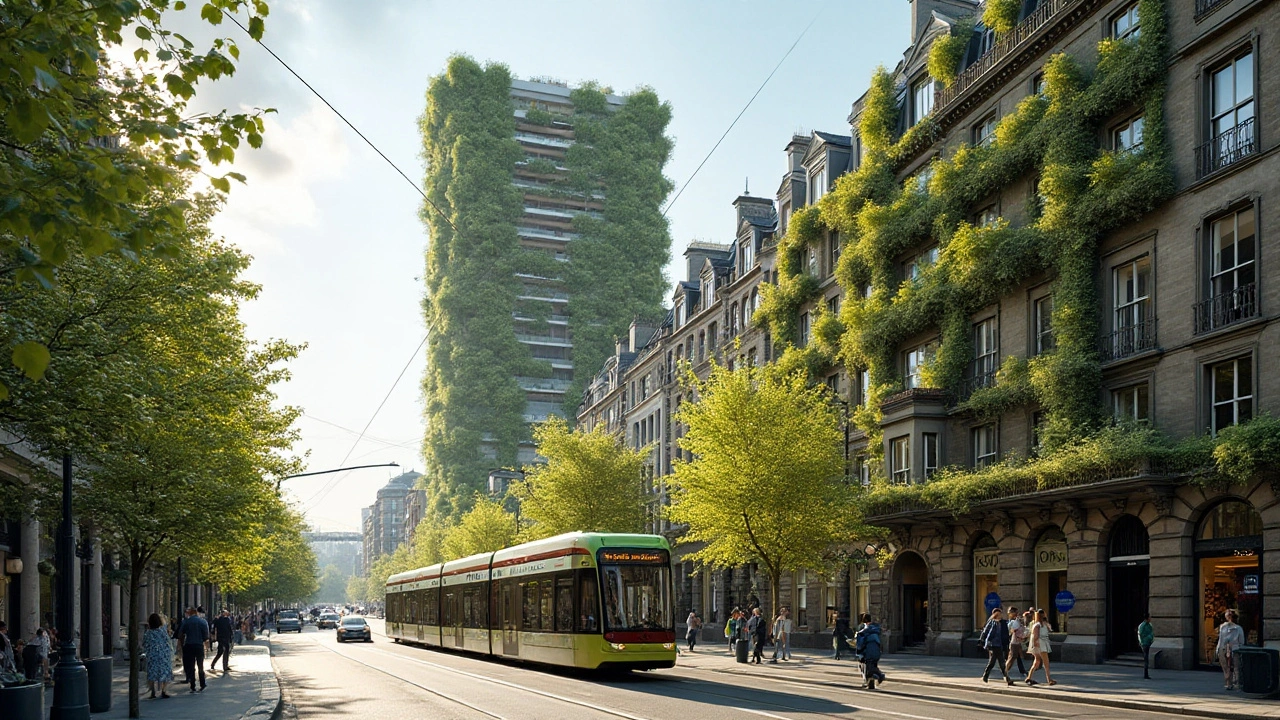
Embracing Green: The Rise of Sustainable Architecture in Urban Landscapes
Sustainable architecture is transforming urban environments, blending innovation with eco-conscious design. The rise of green buildings in cities not only protects natural resources but also enhances the well-being of residents. As urban areas face challenges like climate change and population growth, sustainable design offers both practical and aesthetic solutions. Innovative materials and smart technologies are key components in this architectural revolution. Learn how key cities are leading the way towards more sustainable futures.
Read more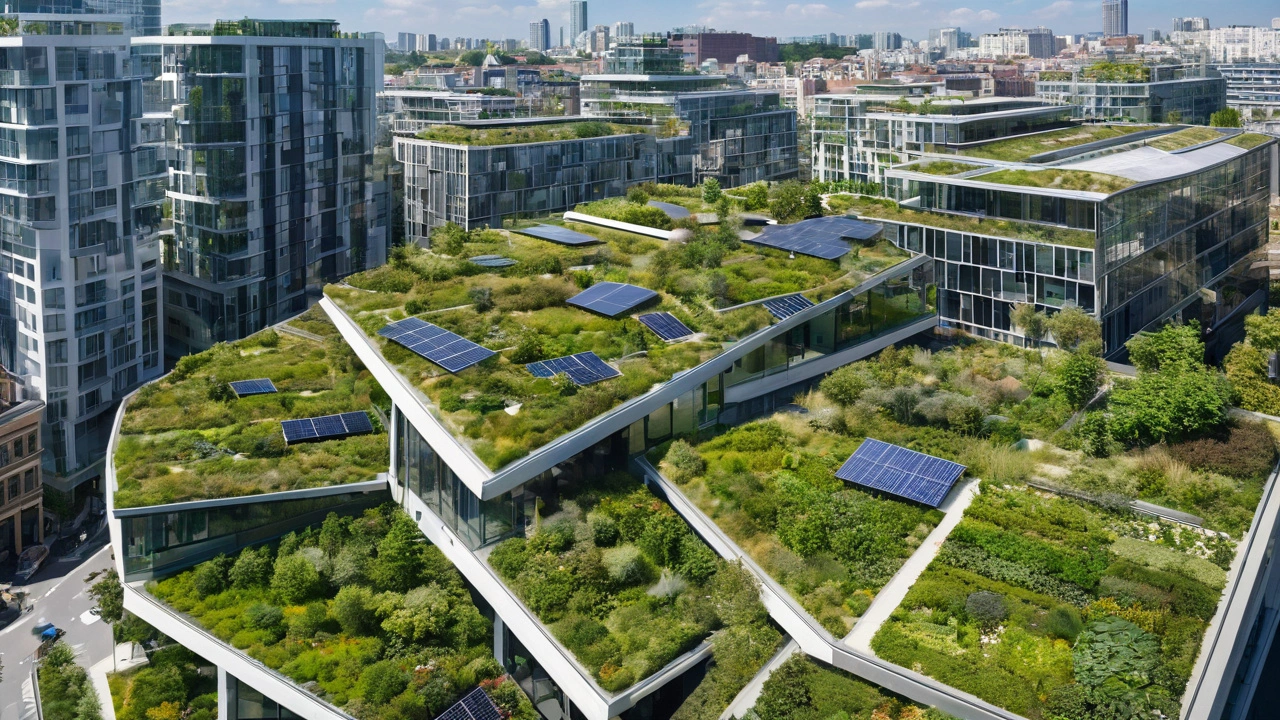
Sustainable Architecture: Embracing Eco-Friendly Building Designs
Discover the new era of sustainable architecture, focusing on eco-friendly designs that aim to reduce environmental impact. Learn about the principles, benefits, and innovative techniques currently shaping the future of green buildings. Explore practical tips for incorporating sustainability into modern architectural projects.
Read more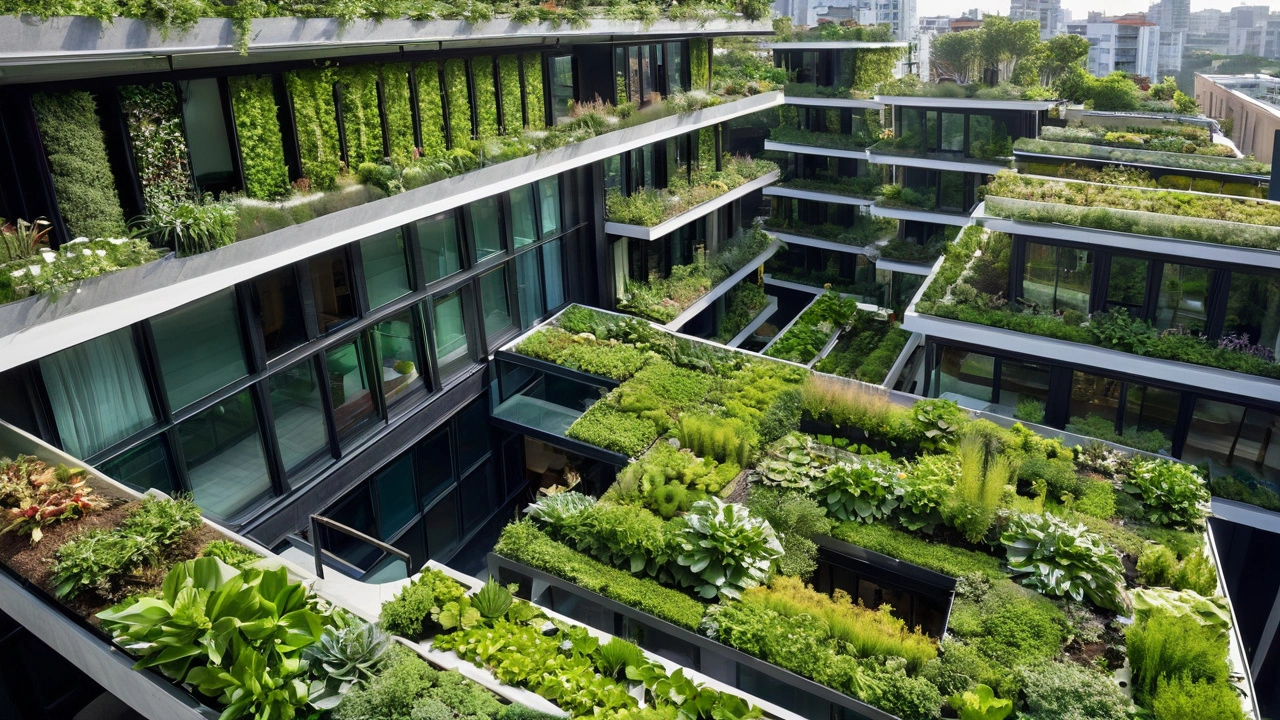
The Rising Impact of Sustainable Architecture in Modern Times
Sustainable architecture is changing the way we build and live. This article explores how eco-friendly designs are gaining momentum. Dive into innovations, benefits, and practical tips for integrating sustainability in construction.
Read more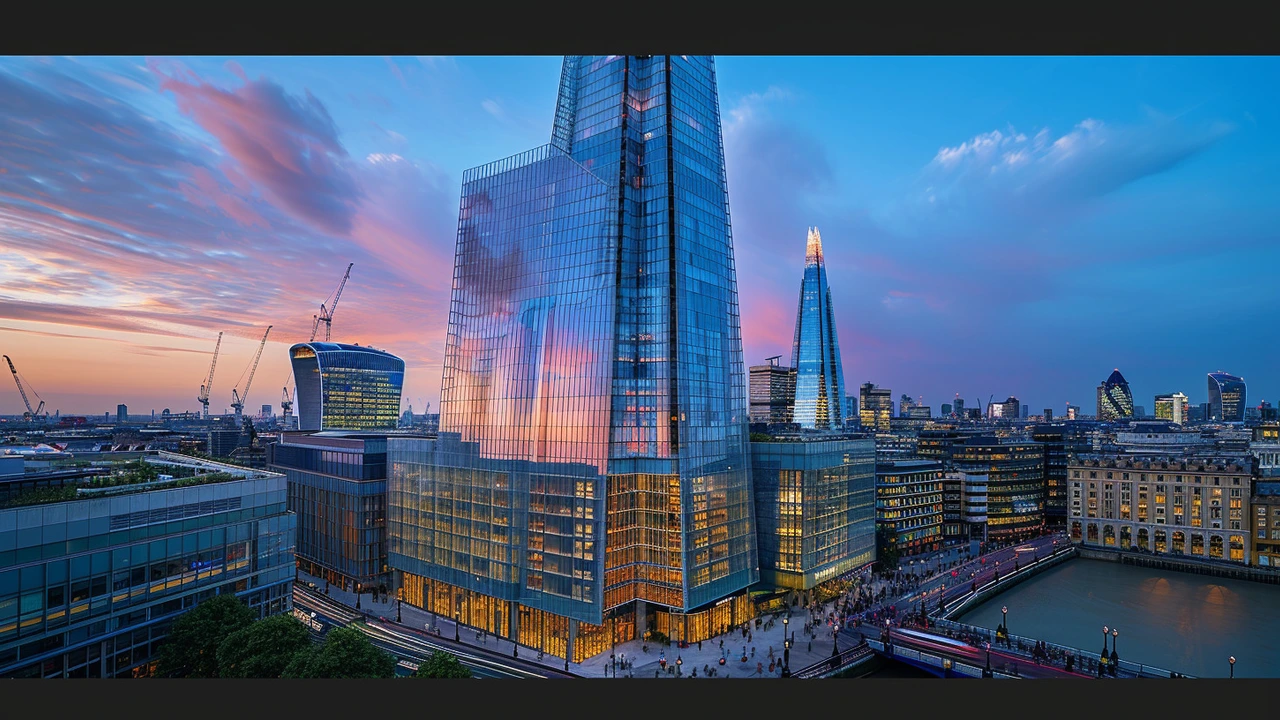
A New Dawn in Sustainable Architecture: Designing for the Future
Sustainable architecture is reshaping how we think about building design and construction. This article delves into the innovative practices that are making our built environment more eco-friendly. Learn about the key principles, groundbreaking materials, and real-world examples driving this movement, along with practical tips for incorporating sustainability into your own projects.
Read more
Tracing the Green Path: The Evolution of Sustainable Architecture Over Time
Explore the transformative journey of sustainable architecture from ancient practices to the modern era. This article delves into the origins of eco-friendly design, highlights significant architectural innovations, and discusses the importance of sustainability in today's built environment. Learn about groundbreaking projects that epitomize the principles of sustainability and discover useful tips for incorporating green elements into your own space.
Read more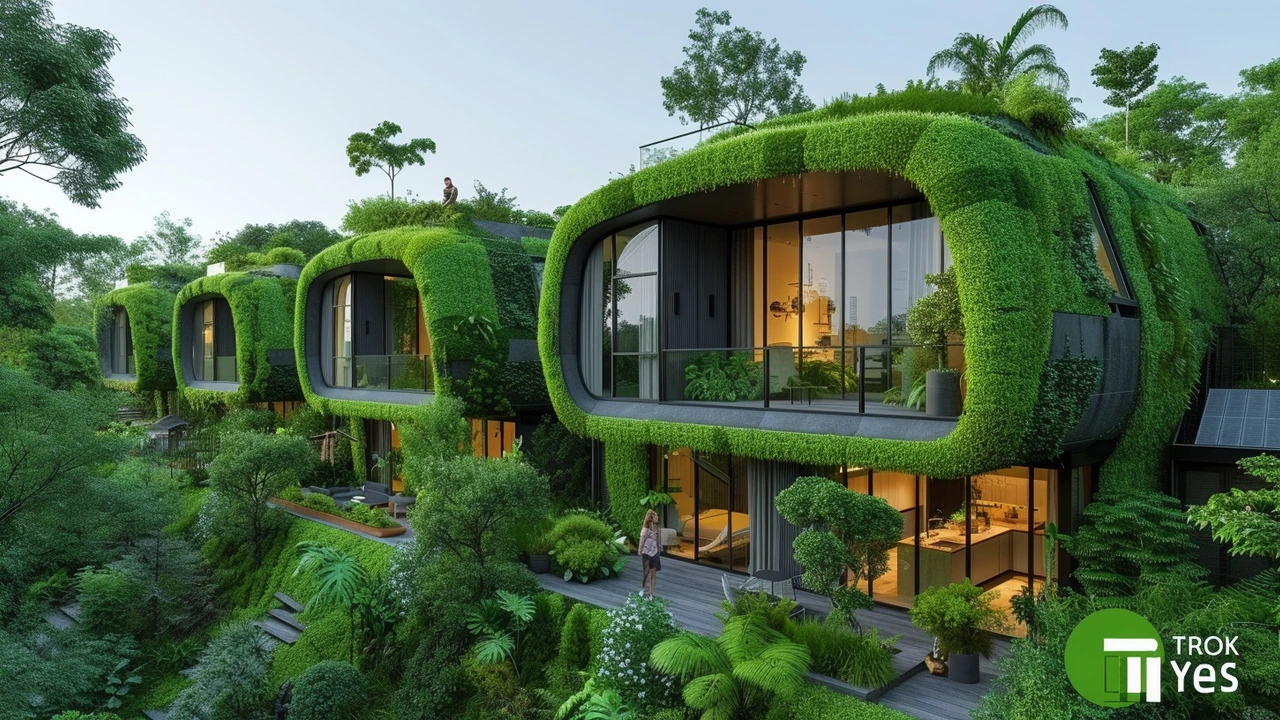
Revolutionizing Our World: The Future of Sustainable Architecture and Innovative Design Trends
Diving into the realm of sustainable architecture reveals an ever-evolving landscape of innovative design trends and practices aiming to redefine our built environment. This exploration sheds light on the crucial role sustainability plays in architecture, from the integration of eco-friendly materials and the implementation of energy-efficient systems to the promotion of green spaces in urban contexts. These transformative trends not only pave the way for more sustainable living conditions but also promise to significantly reduce the carbon footprint of buildings, underscoring the vital importance of embracing sustainable architectural practices for a greener future.
Read more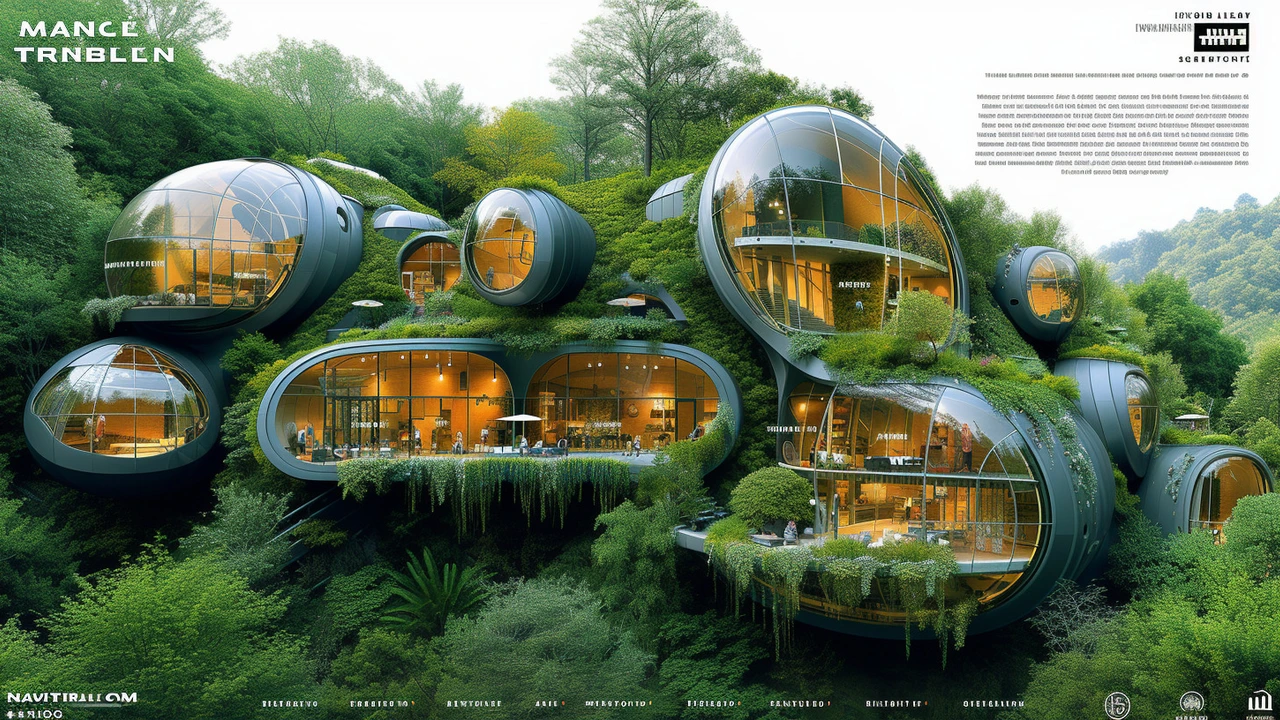
Why Sustainable Architecture is the Future of Urban Living
Hey there, lovely readers! I've been bubbling with excitement to chat about this - sustainable architecture! Sounds fancy, doesn't it? Well, it's not just the future, it's the sassy, smart, and eco-friendly diva of urban living. Why? It's because this green goddess reduces energy consumption, limits waste and, get this, can even improve our health. Imagine living in a world that's kind to Mother Earth and us. Now, that's what I call a total win-win!
Read more